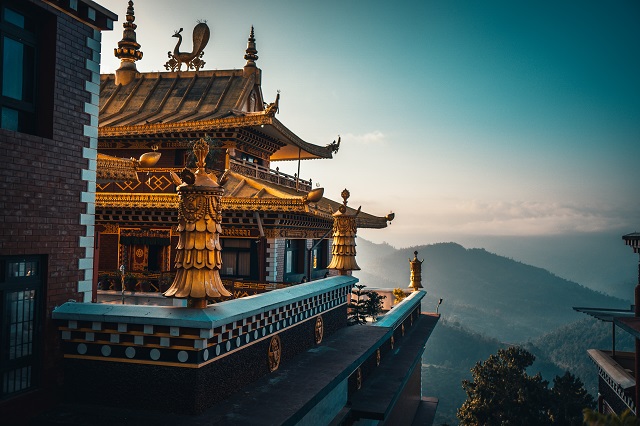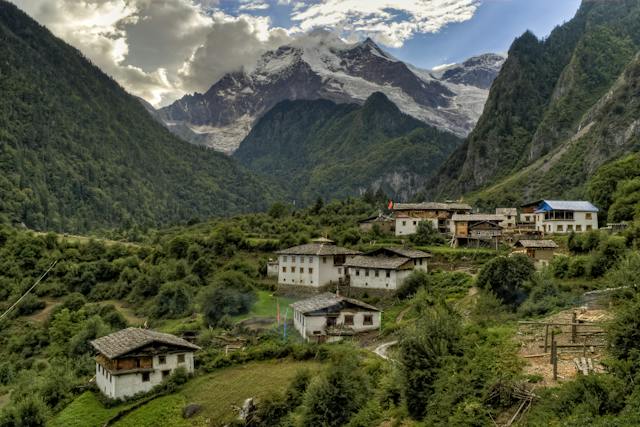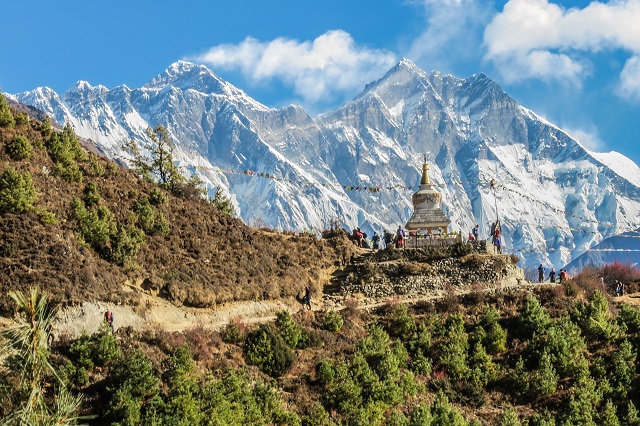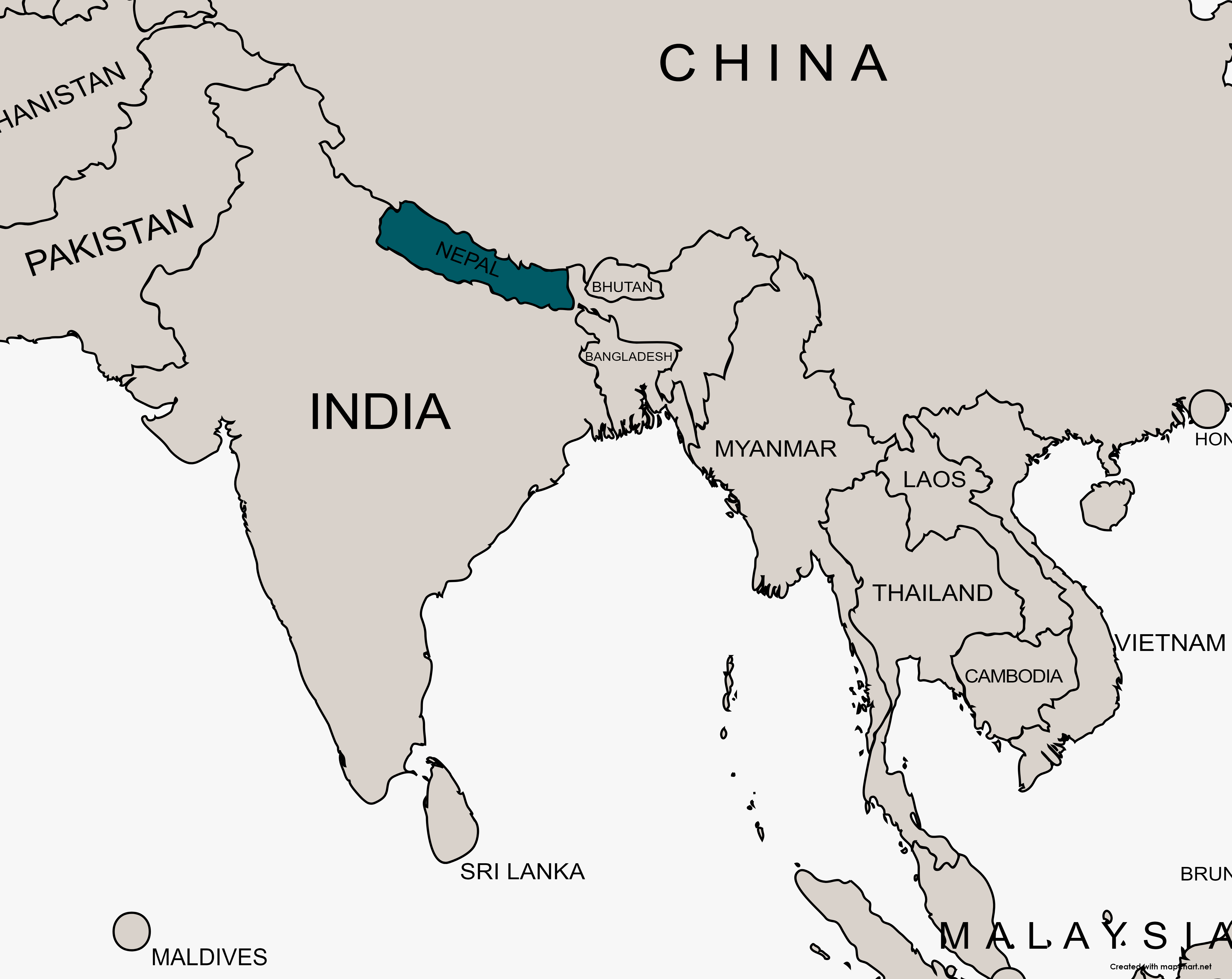Chitwan National Park: A UNESCO World Heritage Site, Chitwan National Park is a haven for wildlife lovers and nature enthusiasts. This richly biodiverse ecosystem is home to a remarkable array of species, including the endangered one-horned rhinoceros, Royal Bengal tiger, crocodiles, elephants, four-horned antelope, and monitor lizards.
Kathmandu: Located in the heart of the Himalayan foothills, Kathmandu is Nepal’s largest and most cosmopolitan city. At its core lies a vibrant old town filled with ancient temples, bustling markets, and stunning traditional architecture. Home to the Newar people, renowned artisans and traders, the city is a sensory feast of incense, spices, music, and movement.
Lukla: Perched on the side of a mountain, Lukla is best known for its dramatic airport and its role as the gateway to the Everest region. Trekkers begin their Himalayan adventures here, heading towards Everest Base Camp or other scenic trails.
Nagarkot: Set on the edge of the Kathmandu Valley, Nagarkot is famous for its sweeping views of the Himalayas, particularly at sunrise and sunset. A peaceful retreat from the city, it’s also a fantastic spot for hiking and photography.
Pokhara: Surrounded by serene lakes and framed by snow-capped peaks, Pokhara is a city of extraordinary natural beauty. It’s the perfect place to unwind, whether paddling on Phewa Lake, admiring the majestic Annapurna range, or exploring waterfalls and caves nearby. Pokhara offers a more relaxed pace and a sense of tranquility, making it a favourite among travellers seeking rest and rejuvenation.
When to go
The best time to visit Nepal is October and November, when clear skies and mild temperatures create ideal conditions for trekking and sightseeing, especially in the Everest and Annapurna regions. A second great window is March and April, when warmer weather and blooming rhododendrons brighten the hillsides. From June to September, the monsoon season brings humidity and evening rain, making trekking less popular but offering lush landscapes and quieter trails. Nepal’s climate varies from alpine in the mountains to subtropical in the lowlands, so temperatures and conditions depend on elevation and region.
Useful information
Currency: Nepalese Rupee (NPR)
Language: The official language of Nepal is Nepali, spoken by about half of the population. English is commonly used in major tourist areas, but becomes less prevalent in remote regions and villages.
What makes it special: Nepal's mystical allure, natural beauty, and ancient heritage make it a captivating destination. It offers something for everyone, whether you prefer a gentle exploration of Nepal, trekking through breathtaking mountain landscapes for days, or a fast-paced adventure like rafting down Nepali rivers.
Social customs: Respect is central to Nepali culture. When visiting temples, wear modest clothing, remove your shoes, and seek permission before entering Hindu shrines. Public displays of affection are generally discouraged. You may notice red chilies hanging in doorways to ward off bad spirits, and it's considered bad luck to praise a baby’s appearance or step on spilled rice. Folk and devotional music are a vital part of daily life, especially in rural areas, adding to Nepal’s deep sense of tradition and spirituality.




